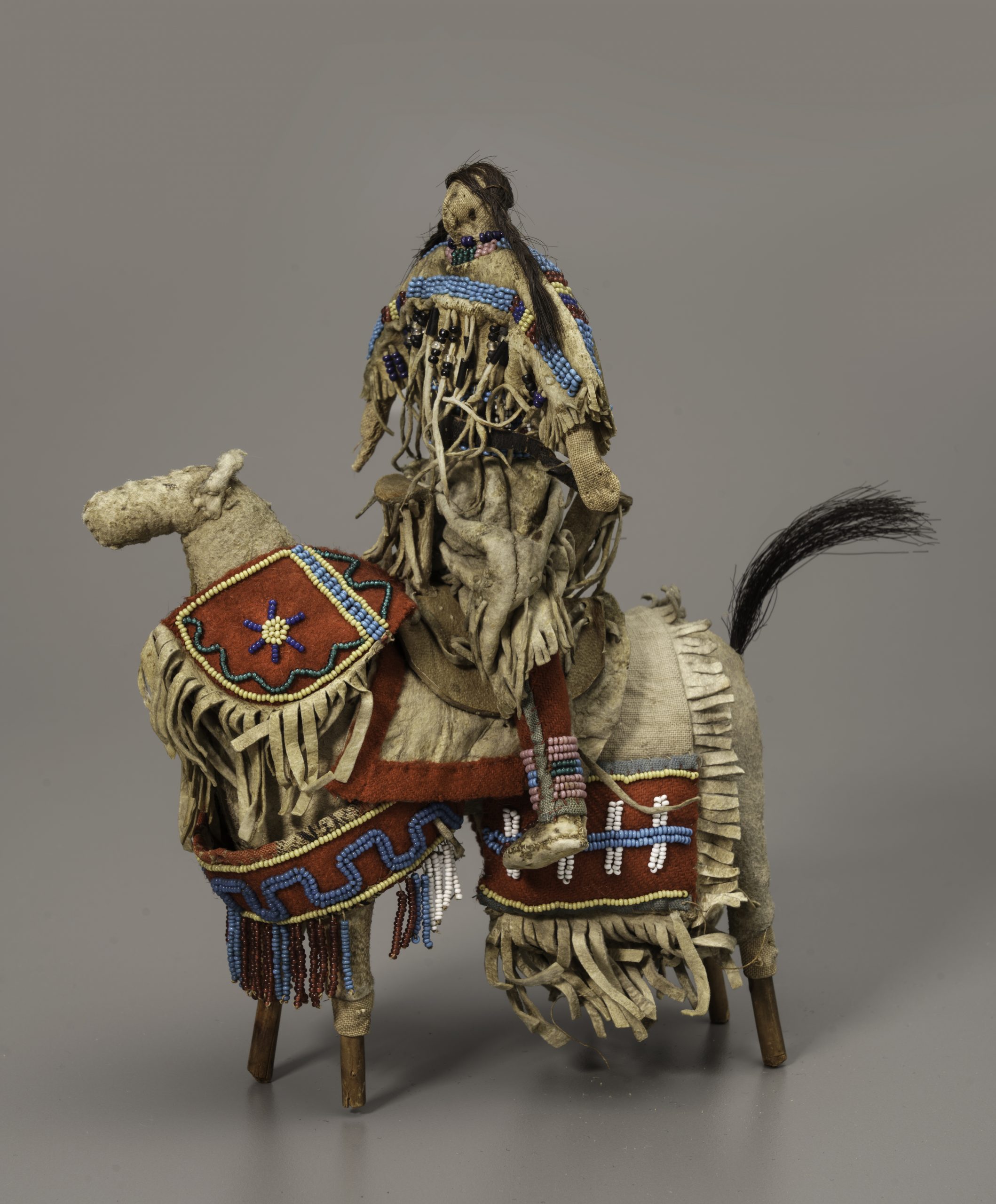Our August/September “Artistry of the West” issue celebrates the creative courage of all those, known and “once known,” who help us see and experience the wonder around us.
“Every child is an artist. The problem is how to remain an artist once we grow up.” Picasso said that, and you don’t have to love his art to agree with his keen observation. If you remember your own childhood and have had or been around little ones, you know. Give kids a crayon and a piece of paper, and off they go.
My personal proof of what seems axiomatic about the art in all of us goes back to before kindergarten. My mother had given me a cardboard folding form insert from the packaging of one of my dad’s new shirts. She sat me down at the kitchen table to draw and color. The expanse of white before me seemed enormous; its pristine sheen luminous. I went to work.
My mom surely had meant to occupy me only while she did the dishes or cooked dinner. But the project became a days-long effort. My drawing so consumed me that even more than 60 years later, I can remember being at that green and black Formica table creating diligently, almost feverishly, with pencil and crayon. After hours and hours, the artwork was finished. And it was a masterpiece!
The proud moment came to show my mother, herself an artist of no small talent. She had one life-changing comment: “Why are their bodies ladders? People’s bodies are not ladders.”

Emily, C&I’s deputy editor, asked me to write this column because I’ve shepherded our art content for many years. I, the failed artist, have been zealous about keeping all the art for myself. She sent me this email: “I would love for you to share your vast knowledge and love of the artistry of the West, your experience covering it for C&I all these years, and what it means to you this year.” By “this year,” she means that my career is wrapping up. Her gesture was so gracious that I wasn’t going to say no. But I can’t begin to deliver what she’d hoped. Art is so vast, so important, so wonderful, so integral to the history and experience of the West that there’s no way to get your arms around it in words. You must look and see — and feel — for yourself.
In this issue there’s a lot of art to ponder and enjoy, from the transportive wet plate photographs of Shane Balkowitsch to the masterly oils of Apsáalooke painter Earl Biss to the phenomenal basketry of Washoe artist Dat-so-la-lee. In the article about the traveling exhibition Knowing the West, you’ll discover just how much you can know about the West by immersing yourself in its art — and you’ll come across the term Artist once known.
In a 2020 post “Memory, Museums, and the Once Known,” the director of the National Gallery of Art, Kaywin Feldman, wrote, “Myles Russell-Cook, curator of Indigenous art at [the National Gallery of Victoria in Melbourne, Australia], acknowledges that we are more likely to have the name and details of the European who collected an object than those of the original maker. He wrote, ‘It is essential to remember that every “Unknown” artist was “Once Known.” The production and the initial reception of these works was deeply embedded in a web of relationships between the individual makers and their community, culture, and place, and the mere fact that these relationships were not recorded does nothing to change that.’”
On some level, we are all artists who were once known — if only to ourselves — before life, age, schooling, careers, obligations, and literal-minded mothers might have convinced us otherwise. May you be reminded of the artist you once were. May you rediscover the desire to create. And may you encourage and appreciate those who brave it all to remain artists — to express themselves, create beauty, capture the human condition, and put something out into the future world that will indicate they were once known.
Send us your artist, museum, and gallery recommendations at [email protected].
From our August/September 2024 issue.